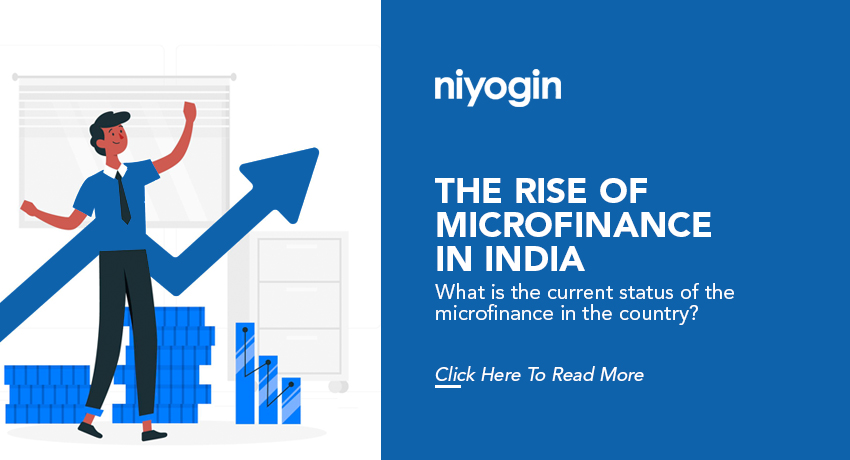Microfinance has evolved as an important tool for poverty eradication and financial inclusion in India, achieving major achievements in recent decades. The concept of microfinance, which involves giving modest loans and financial services to low-income individuals and marginalized areas, has had a significant impact on the country’s socio-economic landscape.
The birth of microfinance in India
Microfinance in India may be traced back to the early 1970s when individuals and non-governmental organizations (NGOs) recognized the need to give access to financial services to the unbanked and underprivileged elements of society. In the 1990s, organizations such as the Self-Employed Women’s Association (SEWA) and NABARD’s SHG-Bank Linkage Programme began attempts to promote microfinance.
Growth and evolution
Self-Help Groups (SHGs): The promotion of SHGs was a significant development in the Indian microfinance sector. SHGs are community-based organizations in which members pool their savings and access bank credit, developing financial discipline and empowerment, particularly among women. NABARD was instrumental in connecting SHGs with mainstream financial institutions.
Microfinance organizations (MFIs): As the demand for microloans increased, dedicated microfinance organizations emerged. Small loans were made available to disadvantaged borrowers by organizations such as SKS Microfinance and Bandhan Financial Services, allowing people to launch small companies and escape the clutches of moneylenders.
Regulatory Framework: To promote responsible and sustainable expansion of microfinance, the Indian government established the Reserve Bank of India (RBI) as the microfinance regulatory authority. The RBI established particular criteria to control their activities, addressing concerns about excessive debt and unethical practices.
Impact on Poverty Alleviation
Microfinance has played a significant role in poverty eradication and economic development in India. Here are some of the most significant consequences:
- Women’s Empowerment: Microfinance has empowered women in rural and urban regions by allowing them to create small companies, improve their standard of living, and attain independence.
- Financial Inclusion: Microfinance has played a critical role in delivering banking and financial services to underprivileged people, hence fostering financial inclusion.
- Rural Development: Microloans have aided rural development by allowing people to invest in agriculture, livestock, and small-scale businesses, thus contributing to local economic progress.
- Reduced Reliance on Moneylenders: Microfinance has reduced the reliance of marginalized populations on exploitative moneylenders, resulting in better financial well-being.
Current status of Microfinance in India
- As of March 31, 2022, the programme covered 140 million families and 11.9 million SHG groups, with a total savings of $472.4 billion.
- 3.4 million SHGs were credit-linked during FY 2021–22, and loans totaling $997.2 billion were given, with a total credit outstanding of $1,510.5 billion for 6.74 million SHGs (an average of $0.24 million per SHG).
- The E-Shakti programme digitized the data of over 1.2 million SHGs in order to improve credit linkage with banks.
- The figure below depicts the credit linkage status of SHGs by state as of December 31, 2022, with 57% of SHGs with deposits having loans outstanding with banks.
Ultimately, the rise of microfinance in India demonstrates its ability to bring about social and economic transformation. Microfinance has improved millions of lives and contributed to India’s inclusive economic growth by giving access to modest loans and financial services. While there have been problems and controversies along the way, the sector has evolved and matured as a result of regulatory frameworks and best practices. Microfinance will undoubtedly play an increasingly important role in alleviating poverty, empowering marginalized people, and promoting financial inclusion as India develops.

